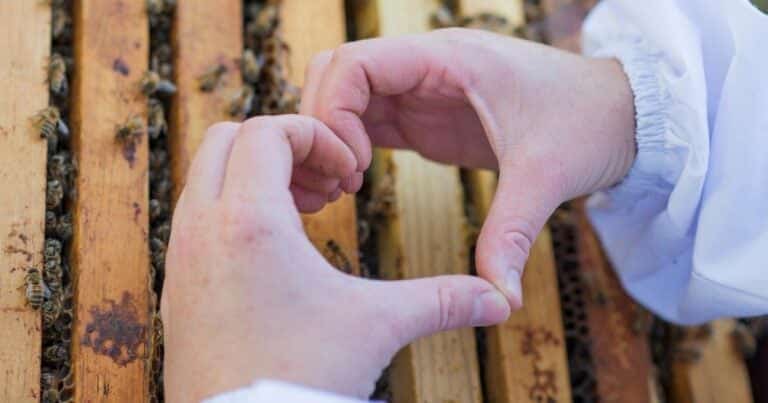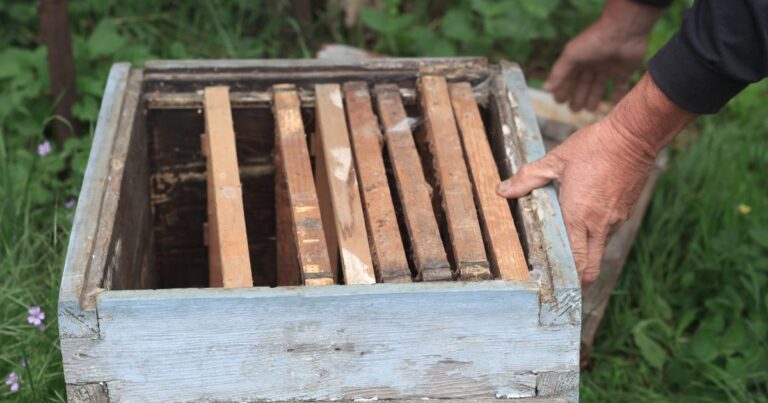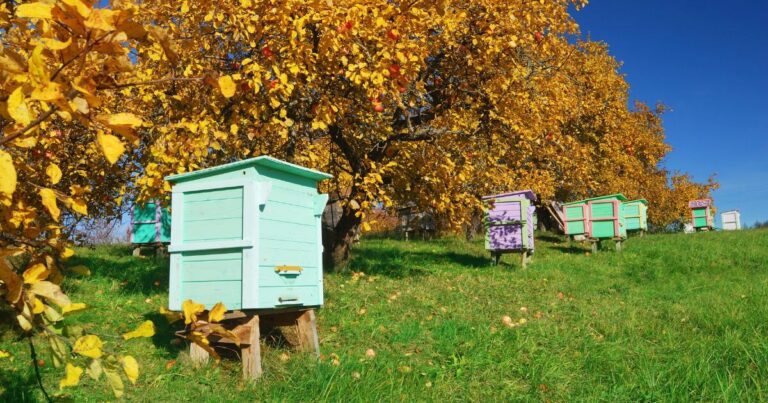The Italian Barberini Bees
The Barberini Bees. Originally from the small Tuscan town of Barberino Val d’Elsa, the Barberini family moved to the regional metropolis of Florence in the…
The Barberini Bees.
Originally from the small Tuscan town of Barberino Val d’Elsa, the Barberini family moved to the regional metropolis of Florence in the early 11th century. They grew prosperous as wool, grain and textile merchants, but later came into conflict with the powerful Medici dynasty and fled to Rome after the Medici seized control of Florence in the 1500s. This did not deter the Medici from assassinating prominent Barberini family member Francesco di Antonio, but his son Francesco di Carlo survived to see their business flourish and ultimately rose to the exalted position of papal treasurer. The family’s good fortune was to continue, and in 1623 Cardinal Maffeo Barberini was ordained Pope Urban VIII.
Originally, the Barberini family was known as Tafani da Barberini; ‘tafani’ is Italian for ‘horseflies’, and accordingly three horseflies featured prominently on their coat of arms. Not surprisingly, the clan decided to swap the horseflies for something that was more befitting of their elevated social status, and they were duly exchanged for a trio of bees. Bees were perfect, as not only had they come to represent industry, dedication and eloquence, but they also encapsulated religious symbolism; the church was often likened to a beehive, and honey was associated with divine sweetness and was fed to Zeus (the king of the Greek gods) as an infant. This was entirely compatible with the Barberini family’s standing – and further ambitions – within the Catholic church, and thus it was that in due course their heraldic design became three bees on a blue background, along with a papal tiara and the keys to St. Peter’s basilica!
Unfortunately, the papacy of Urban VIII was distinguished by rampant nepotism; three of his close relatives were elevated to the status of cardinals, and others were accorded sundry titles, allowing them to accumulate even greater wealth and influence. Ironically, considering the revised Barberini coat of arms, it has been observed that the pope’s ‘kindred flew from Florence to Rome like so many bees to suck the honey of the church, which they did excessively’! This overshadowed the other achievements of Urban VIII, the most notable of which (in a historical context), was his passionate patronage of the arts. Renowned Baroque architect Gian Lorenzo Bernini was a particular favourite, and his famous commissions included the Triton Fountain, the ‘Fountain of Bees’ and numerous works in and around St. Peter’s (the basilica and the piazza), including the majestic canopy and the sepulchral monument of Pope Urban VIII himself. As homage to his benefactor (or, possibly, under instruction!) the bee motif was a persistent theme in Bernini’s creations, and the ubiquitous Barberini bees were soon ‘swarming’ all over Rome. Along with Francesco Borromini, another prominent Baroque architect, Bernini was also responsible for the Palazzo Barberini, a magnificent 187-room villa that was a suitable edifice for the family’s peerless status and housed their priceless art collection.
Upon the death of Pope Urban VIII in 1644, an investigation was launched into the conduct of the Barberini family, and leading members were obliged to flee to Paris. Pope Innocent X decided against seizing the family’s assets, and the parties were eventually reconciled through the marriage of Pope Urban VIII’s great-nephew with a niece of the new pontiff.
Today, treasures from the Barberini collection are to be found in museums around the globe, but Palazzo Barberini still contains some of the world’s finest Renasissance and Baroque masterpieces. The imposing structure was fully renovated between 2006 and 2010 and is now officially entitled the Galleria Nazionale d’Arte Antica, or the National Gallery of Ancient Art. It has been described as a ‘hidden gem’ and an ‘art lover’s art gallery’. Visitors can book an
organised walking tour to discover the symbolic Barberini Bees strewn around the ancient city; Palazzo Barberini seems like a great place to start.






